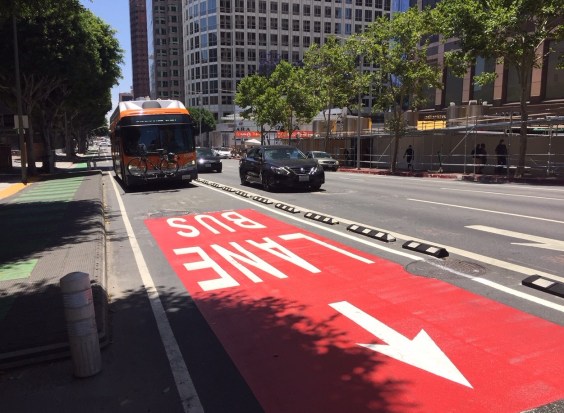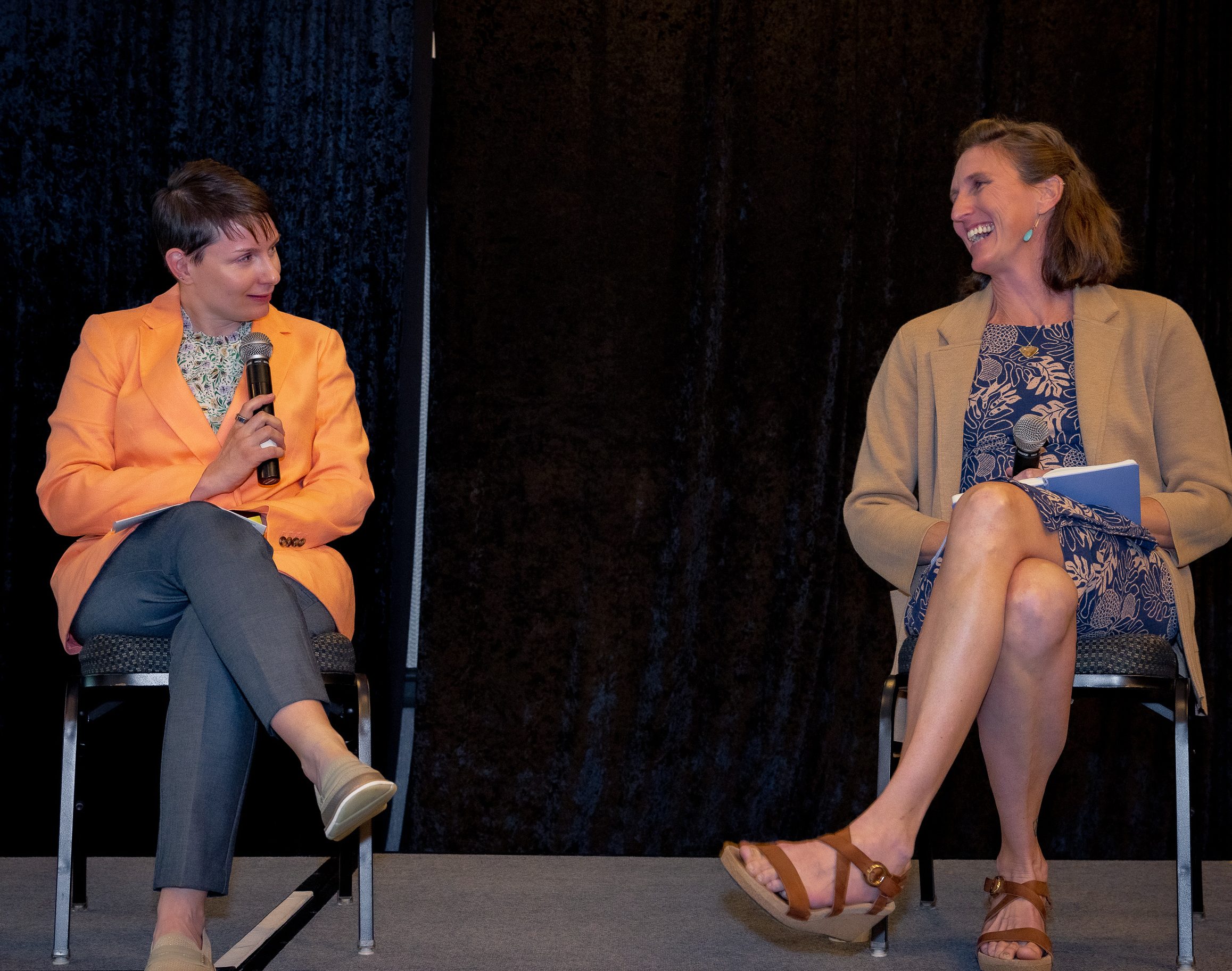There's no question that California needs more housing. At the same time, the need to reduce Californians' reliance on cars--for environmental, climate, public health, and livability reasons--calls for increasing housing near transit and job centers. But that is only half of the equation. People want access to high quality transit and are willing to pay more to live near it, which puts upward pressure on costs in areas already served by good transit. That creates a whole cascade of unwanted effects.
Joshua Stark, in TransForm's blog, TransForum, writes that "higher income people who live near transit don’t use it nearly as much as lower income people who live near transit." In addition, "without a market intervention, property near high-quality transit is unaffordable to most transit riders, and rising prices displace low-income residents."
That leads to fewer people riding transit--when the goal is more transit riders--which makes transit less efficient. And transit also is less able to serve the people who rely on it, as they are pushed to city margins, where they are more likely to be able to afford housing.
"TransForm continues to have concerns about likely impacts of upzoning without adequate affordability protections," writes Stark. Those impacts include accelerated gentrification, downward pressures on transit ridership, and increasing land speculation in black and brown communities.
"These are problems already, and we can’t afford to make them worse," writes Stark.
TransForm has studied the issue for a long time, and issued a report about the links between affordable housing and transit. Supporting efforts to build it is both a climate protection policy and a way to create livable communities for as many Californians as possible.
The report
also documents how unchecked property value increases that follow transportation investment feed the transit death spiral — when loss of transit ridership drives service cuts that drive further loss of ridership. Adding insult to injury, when gentrification and speculation push struggling families to places without high-quality transit, they lose time and money to long commutes (if they can afford a car at all), and emissions and traffic congestion increase. Upzoning near transit must be designed to buck these trends, not accelerate them.
To ensure TOD does reach its full potential for the climate, equity, and transit ridership, any new development made possible by zoning reforms should include as many affordable homes as possible.
Stark applauds some of the recent state efforts to encourage and require upzoning near transit, including Senator Scott Wiener's S.B. 50, which moved in the right direction but had "not yet struck the right balance" between increasing housing and ensuring that people are not displaced and can afford to stay in their communities. Another bill in play is A.B. 1279 from Richard Bloom, which "focuses on enabling affordable homes in high-resource areas."
But, warns Stark, upzoning is only one piece of the puzzle. The profound, ongoing effects of historical land use zoning and transportation planning need to be addressed, and reversed. These include redlining and segregated housing, which left black and brown people unable to build equity in their housing investments in the same way other communities could; building highways and transit lines like BART right through vibrant communities of color as a way to break them apart; locating highly polluting land uses near already vulnerable low-income communities.
"It’s time to start explicitly shaping local plans, zoning laws, and transportation policy to repair the wrongs of the past," writes Stark.
People most at risk of being torn from their social fabric, or who already have been, those who commute more than ninety minutes to work each way, people without a safe place to sleep at night — their needs should guide whether and where new housing is approved, and their entire communities will benefit. Equitable community planning takes time and money, cultural humility, patience, and a willingness to build authentic relationships. We’ve seen such investments pay off when they happen, and they need to happen more.
But in California, policy development and funding decisions still happen without input from low-income and disadvantaged communities, who are unrepresented on decision-making boards and agencies.
"Until policymakers make these processes more democratic and invest in the participation of underrepresented groups, the rules for how cities are built will continue to be blind to their needs, which are all of our needs," writes Stark.
See the TransForum post here for more on this.





